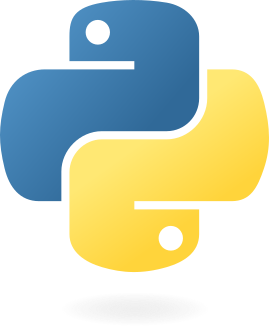The World of Web Devlopment
In the third semester one of the major projects we were tasked with was a full stack web application.
This was the first time I was introduced to the deeper parts of web development aside from the basic
HTML and CSS we are taught in school.
Our course was for learning the MERN stack (MongoDB, ExpressJs, React, NodeJs).
As a side product of the project I learnt how to handle JSON files and how servers worked. This was
an interesting project and it provided me with a lot of knowledge that still comes in handy today,
because in today's world a website can be a useful way to communicate with people over the internet.
Our project was a book store/ book management application. At that point in time we implemented
simple CRUD operations.
 Python and
Python and  MySQL at the time. So our project was a game made using pygame that utilised a
local
mysql database for a simple leaderboard.
MySQL at the time. So our project was a game made using pygame that utilised a
local
mysql database for a simple leaderboard.